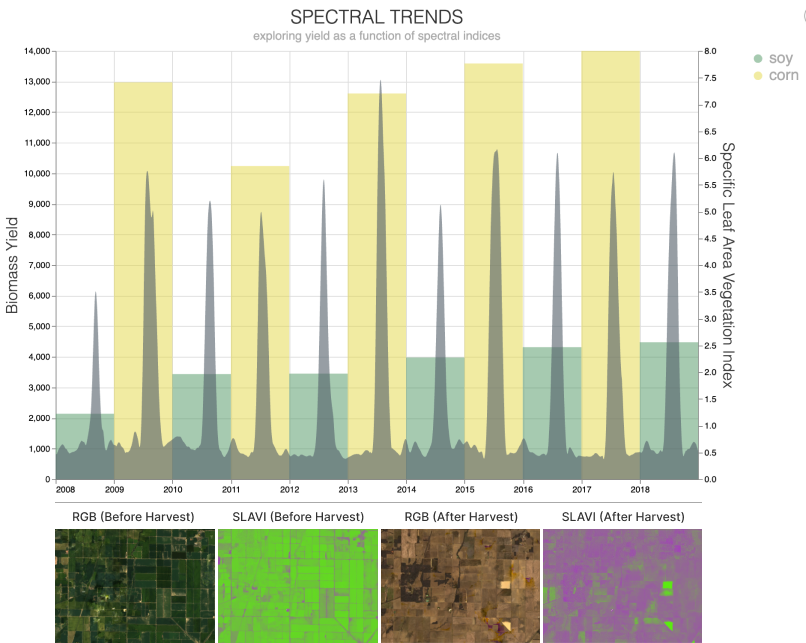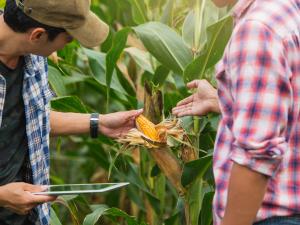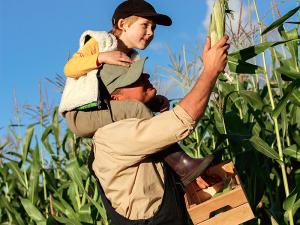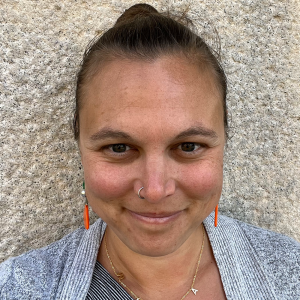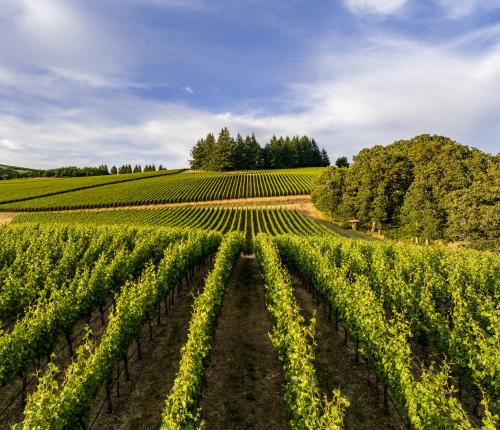
Scale Sustainable Agriculture
Publishing research and creating open source tools to depict sustainable agriculture’s economic and environmental benefits and developing a public database for studying crop yield and stability
The Problem
Feeding the world’s population requires massive amounts of agricultural resources. These same resources also substantially contribute to climate change and biodiversity loss. Pesticides, herbicides, and fertilizers (along with other industrial practices) can negatively impact water pollution and soil erosion, and increase greenhouse gas emissions and threats to extreme climate events. Sustainable food production is an alternative to industrial agriculture and is essential to a future with worsening growing conditions due to climate change.
The Opportunity
Sustainable agricultural practices include increasing crop diversity, crop rotation, and cover cropping. These practices reduce greenhouse gas emissions, support habitat and species diversity, prevent soil erosion, improve water quality, and make farmlands more resilient to climate change. Despite these advantages, sustainable agriculture is not currently implemented at scale, often due to systemic regulatory issues and financial hurdles.
Key Highlights
- Published a paper in the Journal of Data Science, Statistics, and Visualisation that depicts climate impacts to crop yield and yield stability over the next 30 years and recommends federal policy opportunities to incentivize sustainable agriculture.
- Developed an AI tool that allows users to interact with and delve into the study findings.
- Research & tool were featured in the Hill, Farms.com, Phys.org, and Wisconsin Ag Connection.
- Developing a public database for studying crop yield, stability, and other key agricultural applications.
Our Impact
Climate Stability Tools
DSE is developing an open source tool for crop insurance and agricultural finance agents to directly quantify and better understand sustainable agriculture’s benefits, so that they can support farmers in adopting these practices.
The tool uses AI to simulate many thousands of possible agricultural outcomes under climate change for the next three decades. We find that farmers’ and insurance companies’ financial stabilities are further threatened as crop losses become increasingly frequent and devastating from climate change. Without action, the claims rate of the examined crop insurance program will unsustainably double by 2050.
We identify opportunities for change, including:
- Making relatively minor changes to the Farm Bill text could further enable companies to optionally recognize the benefits of sustainable agricultural practices for the US food system. It’s important to note that while these practices can result in a lower average yield from one year to another, farmers are rapidly adopting them to increase crop resilience over time.
Similar changes could be made via 508(h), a mechanism for private companies to recommend alternative and/or supplemental insurance products for USDA’s consideration.
Explore the tool! You only need a web browser; no software is required for download.
- Learn how crop insurance prices are set by clicking on “rates.”
- See how changes to those structures would play out for high- and low-stability growers by clicking on “claims.”
- The “neighborhoods” tab shows where these changes are most likely to have impacts.
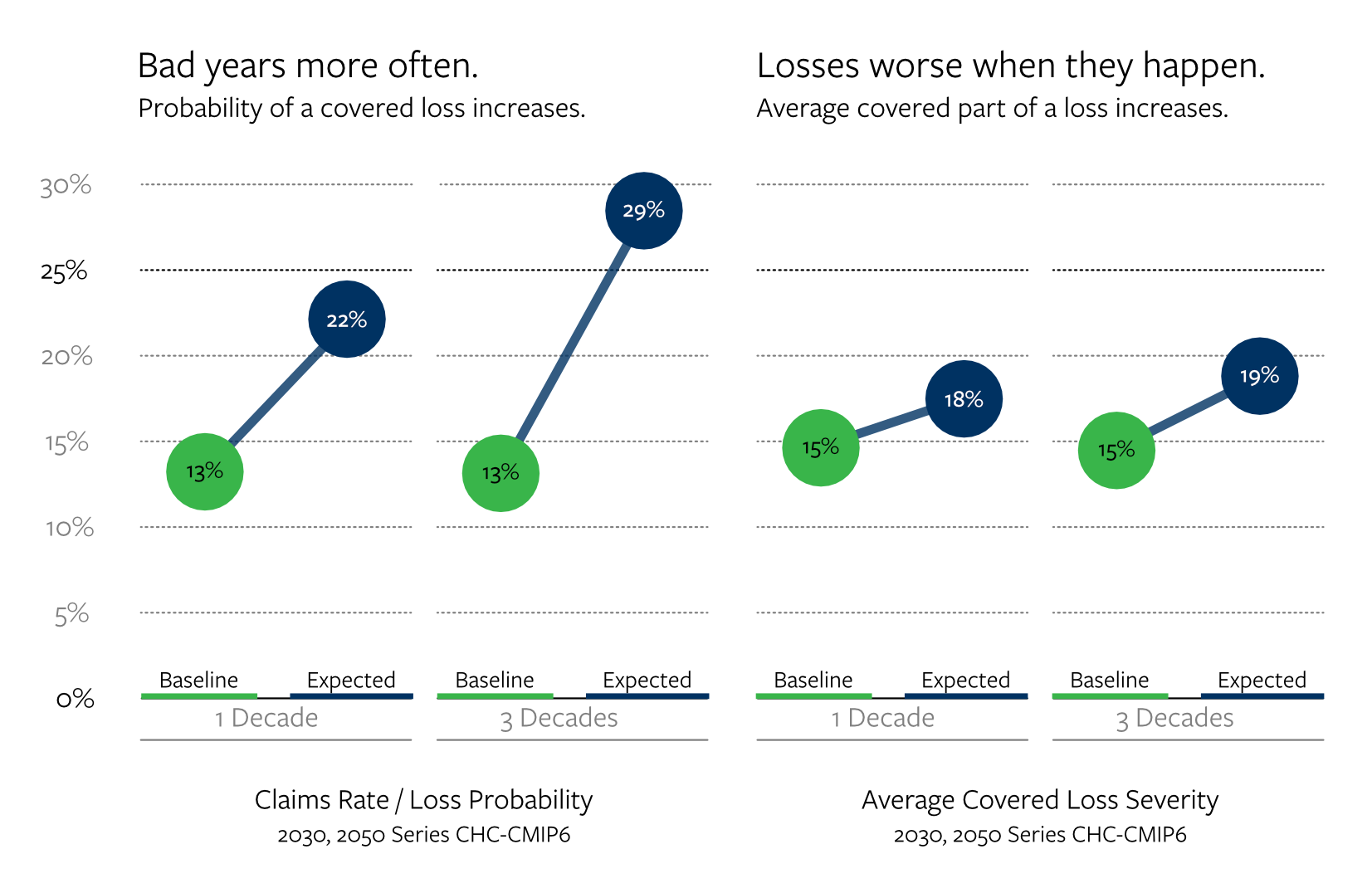
Our simulations also uncover that specific adjustments to the Farm Bill could further enable the United States Department of Agriculture’s Risk Management Agency (which manages the federal crop insurance program) to optionally recognize the benefits of sustainable agricultural practices for US food system.
Crop Yield & Stability Tools
We are using data from NASA's Landsat satellites to develop a public database tracking over 14,000 points in corn and soy fields in the midwestern United States. The data will be useful for studying and monitoring crop yield, yield-stability, soil health, cover-cropping, and other sustainable agricultural practices. We hope that the data will help empower and accelerate research and action in the agricultural field more broadly. We are releasing an open-source codebase so that researchers can quickly generate new databases for their own locations and metrics of interest (project description available here).
